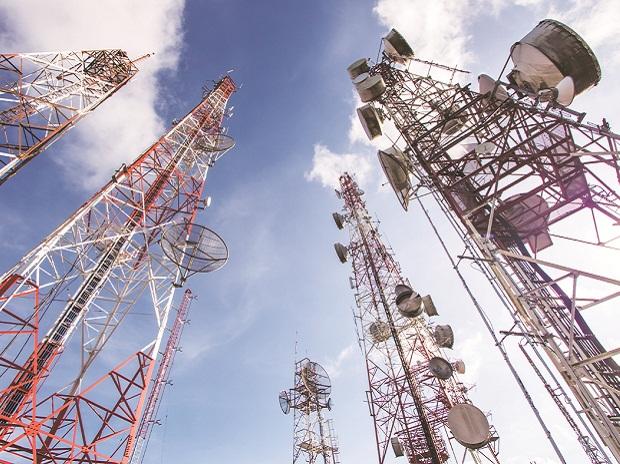To break the deadlock over installing 5G radios in the 3.3-3.6GHz band (also known as C-band) near airports, the Cellular Operators Association of India (COAI) has told the government that it needs to conduct controlled flight simulations to prove that 5G signals will not interfere with aircraft control.
“We are saying the guard band is large. Chances of harmonics interfering are low. But if you don’t believe us, then do a simulation in a laboratory testbed,” COAI director general SP Kochhar told Business Standard.
In December last year, India’s Department of Telecommunications (DoT), following an advisory from the Ministry of Civil Aviation, asked telecom operators not to set up 5G base stations near 137 airports in the country.
Disputes arising in this regard between telecommunications service providers and airlines remain unresolved.
COAI, whose members include three private telecom service providers — Reliance Jio, Bharti Airtel and Vodafone Idea — has told the government that a majority of countries that have rolled out 5G have not taken any precautions. More than 20 European countries have deployed C-band at power levels similar to those in the US for up to three years without any harmful interference, COAI said.
“In India, C-band spectrum in the 3300-3670 GHz band has been auctioned for 5G operations, but altimeters operate in the 4200-4400 MHz band, which is quite far away,” the industry body said.
In the United States, operators use frequencies between 3.7 and 3.98 GHz, close to the frequencies of radio altimeters on aircraft.
According to COAI, the prescribed buffer zone of 2,100 metres around airports will impact 5G availability not only in the vicinity of airports but also on runways and helipads scattered at key locations in major cities like Delhi, Mumbai, Hyderabad, Chennai and Kolkata.
In January last year, the Indian Pilots’ Union had written to raise the issue of possible interference from 5G signals with instruments such as radio altimeters on commercial aircraft. India’s Directorate General of Civil Aviation (DGCA) had also written to the transport ministry saying necessary precautions should be taken as the altimeters pick up weak signals from the ground.
Earlier this year, the International Air Transport Association also warned about the issue, noting that some governments are opting for testing to ensure sufficient spectral separation remains between 5G C-band deployments and the 4.2-4.4 GHz frequency band used by existing radio altimeters.
The committee recommended that national aviation authorities clearly legislate and enforce maximum power limits for 5G C-band transmissions and tilt 5G antennas downwards, especially near flight paths, and urged the creation of sufficient 5G C-band no-go and precautionary zones around airports.
First Edition: September 29, 2023 | 7:47 PM IST


